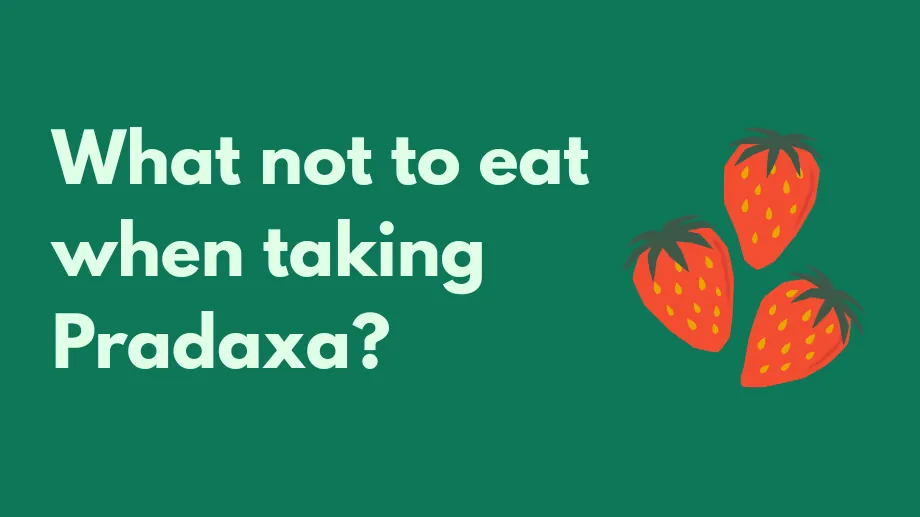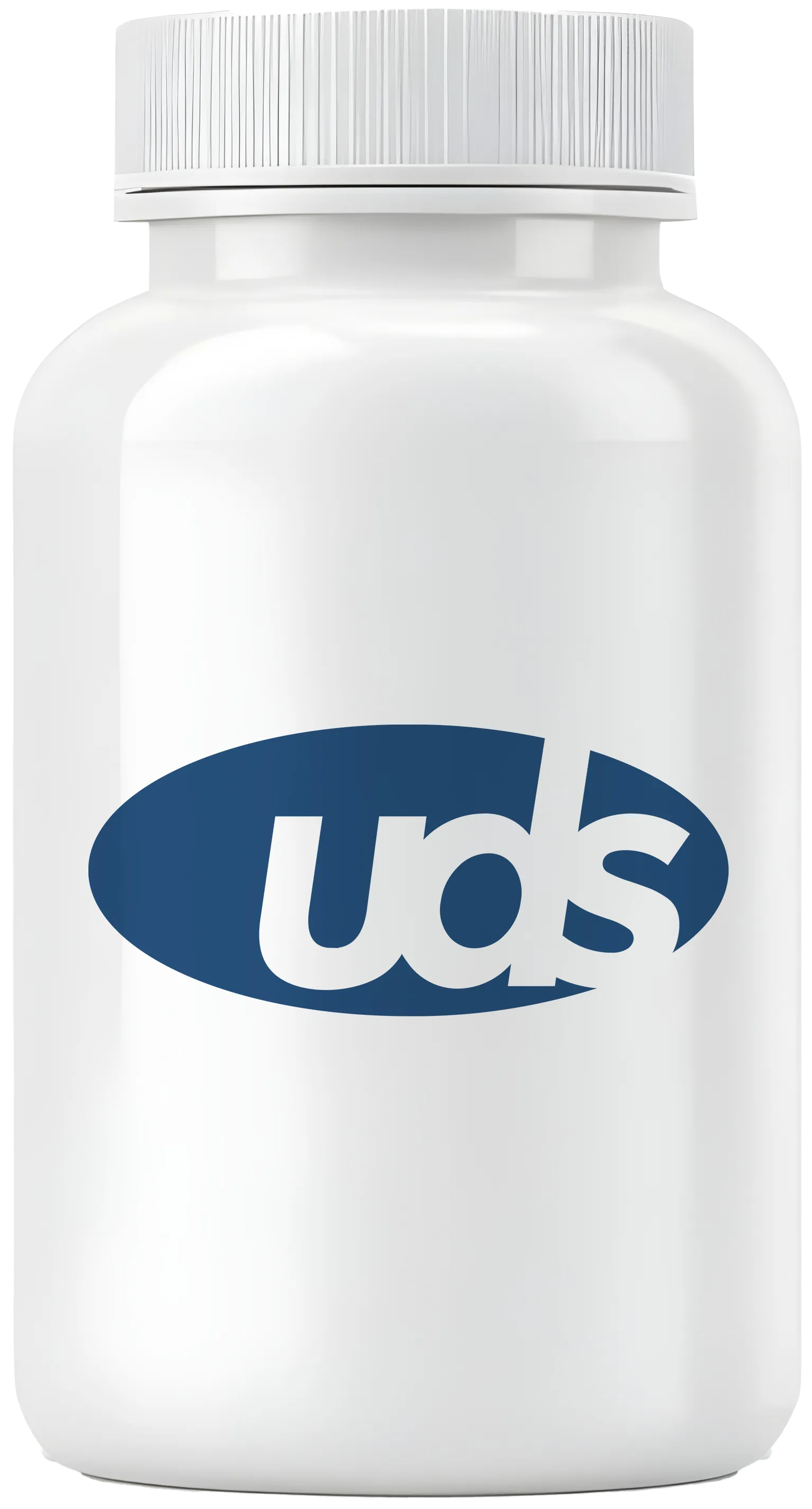What not to eat when taking Pradaxa?

People taking older anticoagulants like warfarin must avoid vitamin K–rich foods (kale, spinach, broccoli, etc.) because warfarin’s effect depends on vitamin K levels. Pradaxa (dabigatran etexilate) works by blocking thrombin, so vitamin K intake does not affect its activity. Generally, you do not need to avoid specific foods while on Pradaxa.
You may want to avoid grapefruit or grapefruit juice, especially if you have kidney problems, because grapefruit can increase Pradaxa levels and bleeding risk.
Certain supplements may affect clotting. Discuss with your healthcare provider before using supplements such as garlic, turmeric, fish oil, feverfew, ginger, ginkgo biloba, aloe, grape seed extract, bromelain, vitamin E, or evening primrose oil.
Pradaxa FAQs
What Is Pradaxa Used For?
- Reduce stroke and clot risk in adults with certain atrial fibrillation
- Prevent blood clots after hip replacement or previous clot treatment
- Treat pulmonary embolism (PE) or deep vein thrombosis (DVT) after 5–10 days of injectable anticoagulant
- Treat venous thromboembolism (VTE) in children aged 8–17 following ≥5 days of injectable anticoagulant
- Lower VTE risk in children aged 8–17 previously treated for VTE
Do not use Pradaxa if you have an artificial heart valve due to increased stroke and heart attack risk.
What Are Some Side Effects of Pradaxa?
Common side effects:
- Stomach pain
- Upset stomach
- Heartburn and indigestion
- Bleeding
Rare but serious side effects:
- Severe allergic reactions (hives, swelling, chest pain, breathing trouble)
- Severe bleeding (nosebleeds, gum bleeding, uncontrolled bleeding, heavy menstrual bleeding, blood in urine or stool, vomiting blood, coughing up blood)
- Increased risk of stomach ulcers
- Increased clot risk if stopped early
- Spinal paralysis or bleeding with epidural/lumbar puncture (numbness, tingling, bowel/bladder problems, back pain)
These are not all side effects. Read all patient information and report adverse events to the FDA at 1-800-FDA-1088 or www.fda.gov/medwatch.
How Does Pradaxa Work?
Pradaxa is a direct thrombin inhibitor. It prevents platelets from sticking together to form clots, reducing stroke risk.
What Drug Interactions Are There with Pradaxa?
Pradaxa may interact with:
Shop Medications
- Other anticoagulants (clopidogrel, warfarin, aspirin, heparin)
- NSAIDs (ibuprofen, naproxen)
- St. John’s Wort
- Grapefruit juice
- Dronedarone
- Ketoconazole
- Rifampin
What Warnings or Precautions Apply?
Black box warning: do not stop Pradaxa early (increased stroke/clot risk) and risk of spinal/epidural hematomas with spinal procedures.
Inform your provider if you have:
- Kidney disease
- Bleeding history
- Dabigatran allergy
- Spinal deformity or procedures
- Stomach ulcers
- Antiphospholipid syndrome
- Pregnancy or breastfeeding
- Upcoming surgery or dental work
What If You Miss a Dose?
Take missed dose as soon as remembered on the same day. If under 6 hours until next dose, skip it. Do not double dose.
How Much Water Should I Drink?
Swallow Pradaxa capsule whole with a full glass of water. You may take it with or without food.
What Vitamins Should Be Avoided?
No clear vitamin interactions, but high-dose vitamin E (>400 IU/day) may thin blood. Consult your provider.
How Long Do Effects Last?
Pradaxa half-life 12–17 hours; cleared in 60–85 hours. Anticoagulant effect wanes within 24 hours. Do not stop without consulting your provider.
Related Medications
- Coumadin (warfarin)
- Eliquis (apixaban)
- Plavix (clopidogrel)
- Lovenox (enoxaparin sodium)
- Lixiana (edoxaban)
- Xarelto (rivaroxaban)
Sources
- Pradaxa Prescribing Information
- Pradaxa Medication Guide
- Medscape: Pradaxa Overview
- Prescribers’ Digital Reference
- WebMD: Supplements That Thin Blood



